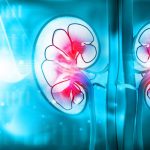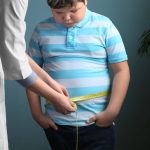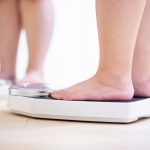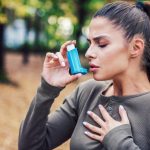
Two monoclonal antibody treatments to slow Alzheimer’s disease, lecanemab (Leqembi) and donanemab (Kisunla), have been approved by the U.S. Food and Drug Administration over the past two years. It’s thought the drugs curb Alzheimer’s by reducing levels of toxic amyloid protein plaques in the brain. But what if another neurological effect could explain the benefit? Researchers at the University of Cincinnati have discovered that Leqembi and Kisunla boost levels of a healthy form of amyloid beta (Aβ42) protein in the brain, even as they reduce its more toxic form in amyloid plaques. “If the problem with Alzheimer’s is the loss of the normal protein, then increasing it should be beneficial, and this study showed that it is,” explained study lead author Dr. Alberto Espay, a professor of neurology at Cincinnati. “The story makes sense: Increasing Aβ42 levels to within the normal range is desirable,” he said in a university news release. Aβ42 is a complex protein made up of 42 amino acids, giving it its name. Sometimes these proteins can harden and clump together to form the brain tissue plaques that have long been associated with Alzheimer’s disease. However, Aβ42 in its natural state should not do that. It is normally soluble, and when in a soluble state Aβ42 plays a crucial role in maintaining the health of brain cells, the Cincinnati team explained. Espay’s… read on > read on >


















